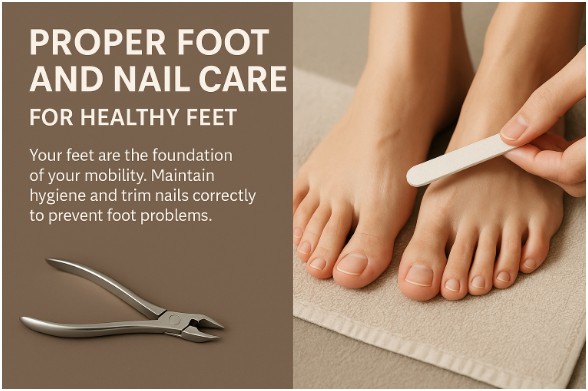Your feet are your body’s foundation, carrying you through every step of your day. Despite their crucial role, they are often the most neglected part of our hygiene routines.
Proper foot and nail care is not just about aesthetics; it’s essential for preventing pain, infections, and more serious health issues that can impact your overall mobility and quality of life.
Healthy Hygiene Practices
The first step toward healthy feet begins with simple, daily hygiene habits. These practices are fundamental in preventing infections and keeping your feet in top condition.
Washing and Drying
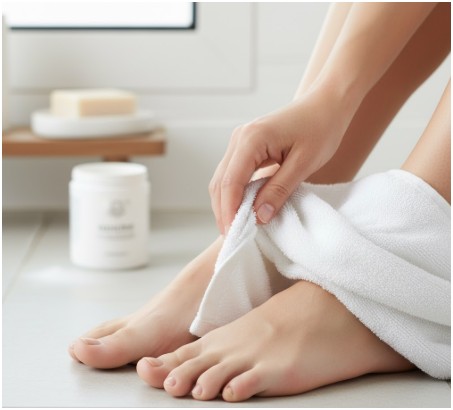
Your feet are prone to sweating, creating a moist environment that can be a breeding ground for bacteria and fungi.
It’s crucial to wash your feet every day with soap and water. Pay special attention to the areas between your toes, where moisture can easily get trapped.
After washing, drying your feet thoroughly is just as important. Use a clean towel and ensure no moisture is left behind, especially between the toes.
This simple step can significantly reduce your risk of developing fungal infections like athlete’s foot. If you have particularly sweaty feet, consider using a foot powder to help absorb excess moisture throughout the day.
Proper Nail Trimming
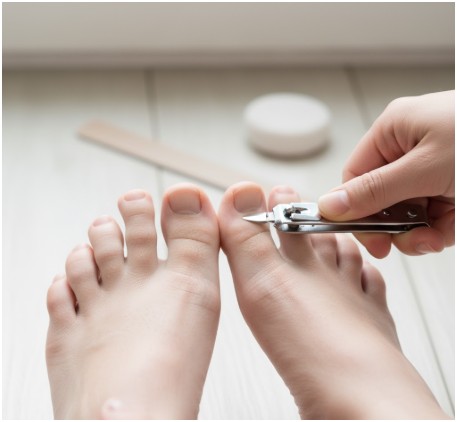
Incorrectly trimmed toenails can lead to painful problems, most notably ingrown toenails. To avoid this, it’s important to follow the right technique.
Always use clean, sharp nail clippers or nail scissors. Cut your toenails straight across, and avoid rounding the corners.
The length should be just enough to protect the tip of your toe, but not so long that they press against your shoes.
After clipping, you can gently file any sharp edges with an emery board to prevent them from snagging on your socks. Avoid cutting your cuticles, as they act as a natural barrier against bacteria.
Common Foot Problems and Solutions
Even with diligent care, foot problems can sometimes arise. Knowing how to identify and address them early can prevent them from becoming more severe.
Athlete’s Foot
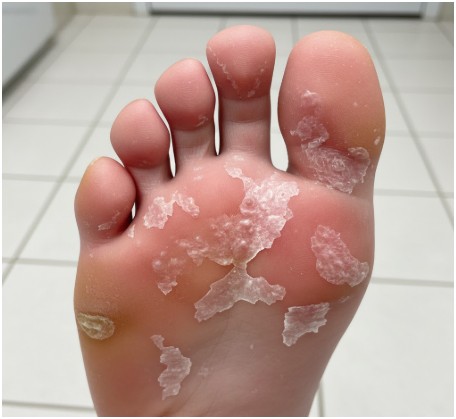
Athlete’s foot is a common fungal infection that thrives in warm, damp environments. It often causes itching, stinging, and burning between the toes and on the soles of the feet. You might also notice cracked, peeling skin or blisters.
Solution:
Over-the-counter antifungal creams, sprays, or powders are usually effective in treating athlete’s foot. It’s also vital to keep your feet clean and dry, change your socks regularly, and wear breathable shoes.
In persistent cases, a doctor may prescribe stronger antifungal medication. To prevent recurrence, avoid walking barefoot in public areas like locker rooms and pools.
Ingrown Toenails
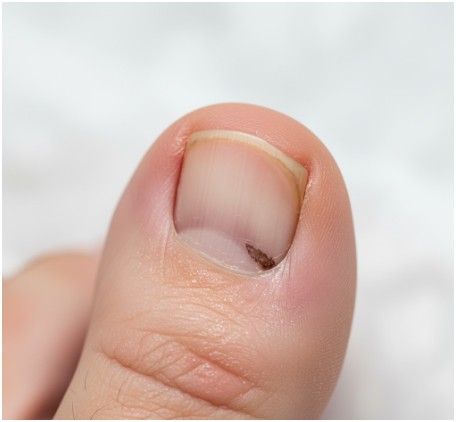
An ingrown toenail occurs when the edge or corner of your toenail grows into the soft flesh of your toe. This can cause pain, redness, swelling, and sometimes infection. They are often caused by improper nail trimming, tight-fitting shoes, or even genetics.
Solution:
For a mild ingrown toenail, you can try soaking your foot in warm, soapy water for 15-20 minutes several times a day to soften the skin.
Gently lift the edge of the nail and place a small piece of cotton or dental floss underneath to encourage it to grow above the skin edge. If the pain is severe, or if you see signs of infection like pus or spreading redness, it’s crucial to see a healthcare professional.
There are various ingrown toenail treatments, like those in Orem, that a specialist can provide to resolve the issue safely. Do not attempt to cut or dig out the nail yourself, as this can worsen the problem.
Choosing the Right Footwear
The shoes you wear have a massive impact on your foot health. Ill-fitting footwear can cause a range of issues, from blisters and bunions to chronic foot pain.
The Importance of Supportive Shoes
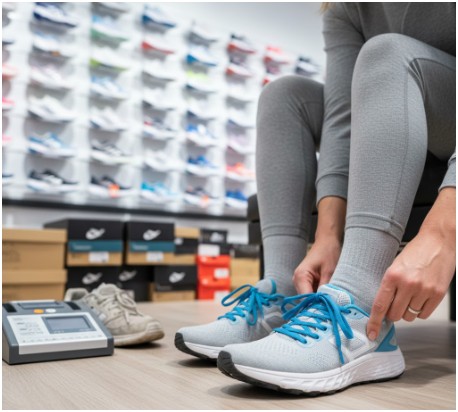
Your daily shoes should provide adequate support and cushioning. Look for footwear with a sturdy sole, good arch support, and a wide enough toe box to allow your toes to move freely. Your heel should fit snugly without slipping.
When shopping for shoes, it’s best to do so at the end of the day, when your feet are naturally at their largest. Always try on shoes with the type of socks you would normally wear with them. A proper fit is more important than the size number, as sizing can vary between brands.
When to Consider Orthotics
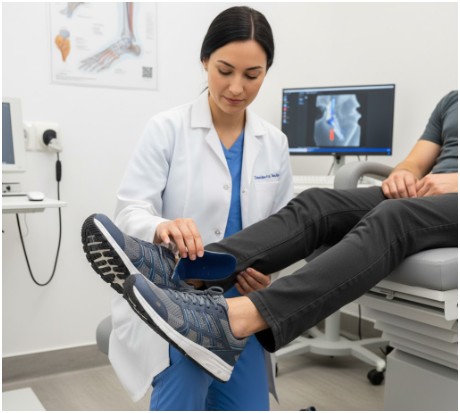
If you have flat feet, high arches, or experience persistent foot pain despite wearing supportive shoes, you might benefit from orthotics.
These are custom-made or over-the-counter shoe inserts designed to support and align your foot and ankle into the most anatomically efficient position.
Orthotics can help alleviate pain associated with conditions like plantar fasciitis, bunions, and tendonitis. A podiatrist can evaluate your gait and foot structure to determine if custom orthotics are right for you.
When to See a Podiatrist
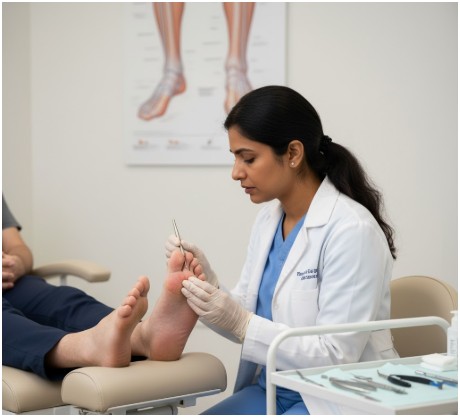
While many foot issues can be managed at home, some situations require the expertise of a professional. A podiatrist is a doctor who specializes in the diagnosis and treatment of foot, ankle, and lower leg conditions.
You should schedule an appointment with a podiatrist if you experience:
- Persistent pain in your feet or ankles.
- Signs of infection, such as redness, swelling, warmth, or pus.
- An ingrown toenail that is very painful or appears infected.
- Changes in the color or thickness of your toenails.
- Difficulty walking or performing daily activities due to foot pain.
- If you have diabetes, it is especially important to have regular foot check-ups, as you may be more susceptible to foot problems with serious complications.
Conclusion
Now that you have a better understanding of the importance of foot care and how to properly take care of your feet, make sure to incorporate these practices into your daily routine.

